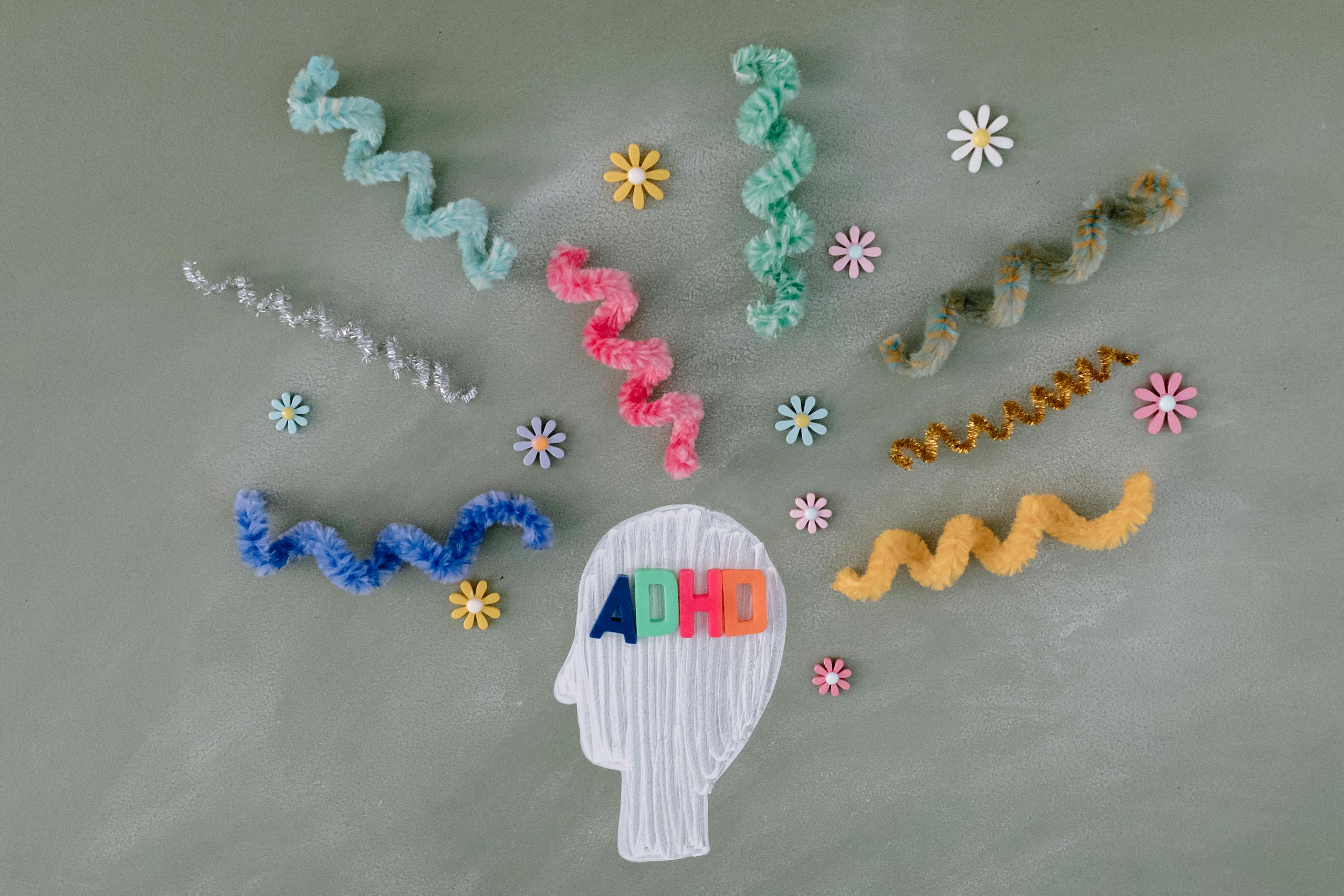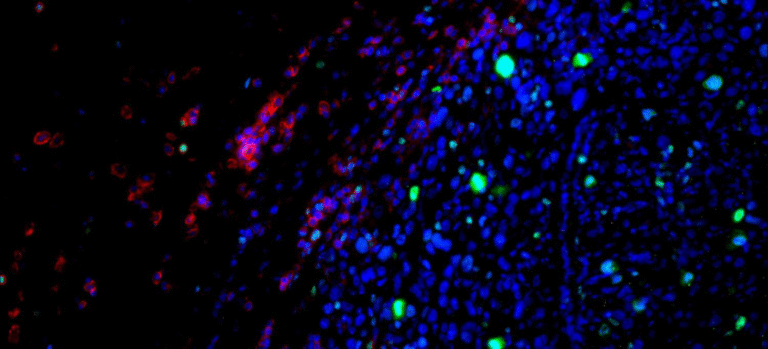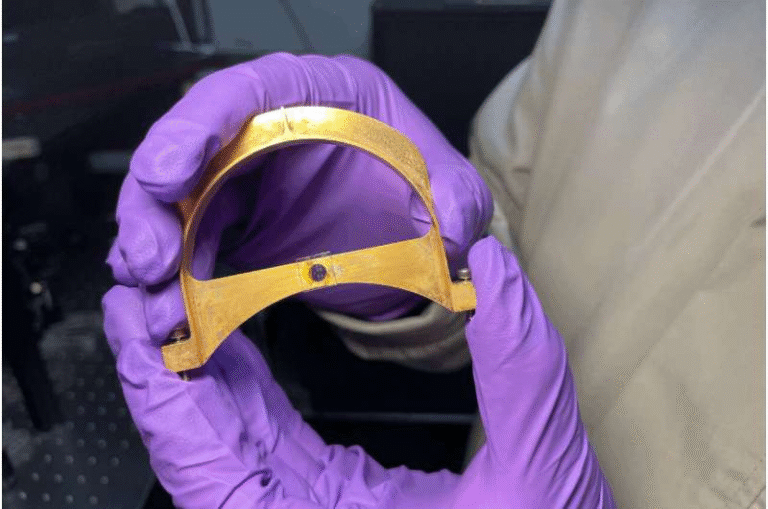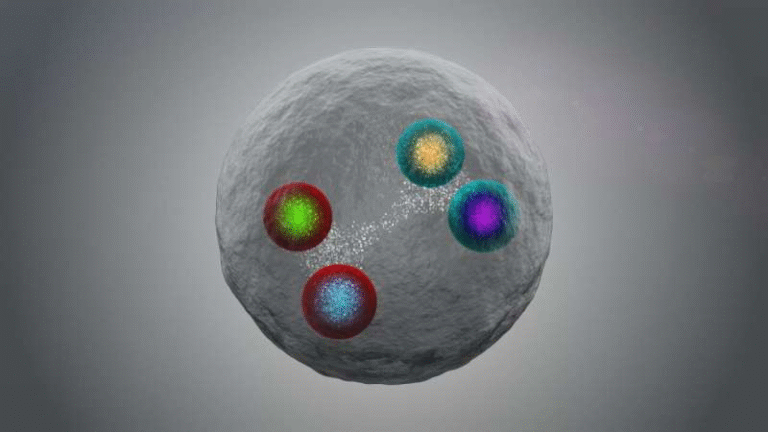Stanford Study Reveals Preschoolers With ADHD Often Given Medication Too Soon

A new Stanford Medicine-led study, published in JAMA Network Open on August 29, 2025, has uncovered a major gap in how attention-deficit/hyperactivity disorder (ADHD) is being treated in very young children in the United States. Despite clear recommendations from the American Academy of Pediatrics (AAP), many preschoolers are being prescribed stimulant medications almost immediately after diagnosis, skipping the crucial first step of behavioral therapy.
This finding has raised important concerns about whether young children are receiving treatment that truly aligns with best medical practices. Let’s break down the study, its results, and the broader context of ADHD treatment in young kids.
What the Study Looked At
Researchers analyzed electronic health records (EHR) of 712,478 children aged 3 to 5 years who had been seen at least twice in primary care practices between 2016 and 2023. Out of this massive group, 9,708 children (1.4%) received a formal ADHD diagnosis.
The study then tracked how quickly those children were prescribed medication after their diagnosis. The results were striking:
- 68.2% of diagnosed children were prescribed ADHD medication before they turned 7.
- 42.2% were prescribed medication within just 30 days of receiving their ADHD diagnosis.
- Only 14.1% received their first prescription more than six months later, which is what the guidelines actually recommend.
The AAP guidelines are clear: for children aged 4 and 5, the first-line treatment should be behavioral parent training in behavior management, not medication. Medications should only be considered if behavioral interventions fail after at least six months. Yet this study shows that, in practice, those guidelines are often ignored.
How Fast Are Kids Being Prescribed Medication?
The study looked closely at how long it took after diagnosis for children to get their first prescription. Here’s what it found:
- For kids diagnosed at age 3, the median delay before medication was prescribed was around 390 days—so these kids did have a longer waiting period.
- For those diagnosed at age 4, the median delay dropped to just 28 days.
- For kids diagnosed at age 5, the median delay was 0 days—meaning many were prescribed medication right at the time of diagnosis.
This shows that as children get closer to school age, doctors and families are more likely to choose medication quickly instead of waiting.
Variation Across Health Systems
One of the more interesting findings is how much practice differs depending on where a child receives care. Across the eight pediatric health systems studied, the proportion of children prescribed medication within 30 days ranged from 26% to 49%.
This wide variation suggests that local medical culture, institutional practices, and the availability of behavioral treatment resources may all influence whether children get medication right away or not.
Differences by Race, Gender, and Insurance
The study also revealed demographic disparities in prescribing patterns:
- Asian children were about half as likely to receive an early prescription compared to White children.
- Hispanic children and Black children also had lower chances of early medication compared to White children.
- Boys were more likely than girls to be prescribed medication early.
- Children with public insurance were more likely to get medication quickly compared to those with private insurance.
These patterns raise questions about how cultural factors, family expectations, access to resources, and systemic issues in healthcare influence treatment decisions.
Why Is Medication Prescribed So Quickly?
The study itself couldn’t directly answer why physicians chose medication over behavioral treatment, since it only analyzed medical records. However, the researchers had conversations with doctors outside the study that give some clues.
A key issue seems to be access to behavioral therapy. In many places, there are few or no trained therapists offering parent behavior management training. Even when services are available, families may struggle with insurance coverage, cost, or logistics.
Faced with these barriers, many pediatricians feel they can’t leave families without any treatment. In those situations, they may decide prescribing medication—even if it’s not ideal—is better than doing nothing at all.
What Behavioral Therapy Involves
So what exactly is this behavioral therapy that the AAP recommends as the first step? It’s not about “fixing” the child directly, but instead about changing the environment and routines around them.
The official name for the treatment is parent training in behavior management. It includes:
- Helping parents build positive relationships with their child.
- Teaching strategies for rewarding good behaviors and minimizing negative ones.
- Creating routines and visual schedules to help children stay organized.
- Supporting parents in staying consistent with expectations and discipline.
Research shows that this kind of training not only reduces ADHD symptoms but also strengthens family dynamics, reduces stress at home, and gives kids tools that benefit them long-term.
Why Medication Alone Isn’t Enough
Stimulant medications—like methylphenidate and amphetamines—are widely used and often effective in older children and adults. They can improve focus and reduce hyperactivity, but they come with side effects.
In preschoolers under age 6, side effects can be especially noticeable:
- Irritability
- Emotional outbursts
- Aggressive behavior
These side effects sometimes cause families to stop treatment altogether. Doctors in the study noted that the risk of “treatment failure” is higher in very young children, not because the medication is toxic, but because families often find the side effects worse than the benefits.
Medication can help control symptoms temporarily, but unlike behavioral therapy, it doesn’t teach long-term skills or coping strategies. That’s why guidelines emphasize starting with behavioral approaches first.
The Bigger Picture: Why Early ADHD Care Matters
ADHD is a developmental disorder that affects attention, impulsivity, and hyperactivity. Without effective treatment, children with ADHD are at higher risk of academic struggles, school dropouts, and difficulties later in adulthood, such as trouble holding jobs, maintaining relationships, or avoiding legal problems.
Early identification and appropriate treatment can make a big difference. Good ADHD management in childhood improves not only academic success but also emotional well-being and family stability.
The Challenge of Access
One of the biggest issues this study highlights is that recommendations don’t always match reality.
Even if guidelines say “start with behavioral therapy,” if families can’t access that therapy—or don’t know where to find it—then the system is setting them up for failure. Many pediatricians report not having anywhere to refer families for parent training.
Some free and low-cost online resources exist, but they’re not a perfect substitute for in-person professional guidance. Expanding access to behavioral therapy, training more providers, and ensuring insurance coverage could go a long way toward closing the gap.
Where Do We Go From Here?
This study doesn’t mean medications should never be used in preschoolers. In many cases, they do help. But it does highlight the need for more balanced care that follows the evidence-based guidelines.
For children under 6, the recommendation is clear: start with behavioral therapy alone. For children 6 and older, the AAP suggests using both behavioral therapy and medication together, since by then kids can benefit from both strategies.
The ultimate goal is not just to reduce symptoms but to give children and families the tools they need to thrive.
A Quick Look at the Numbers
Here’s a snapshot of the study’s findings:
- Total children in the study: 712,478 (ages 3–5)
- Children diagnosed with ADHD: 9,708 (1.4%)
- Prescribed medication before age 7: 68.2%
- Prescribed medication within 30 days: 42.2%
- Prescribed medication after 6 months: 14.1%
- Variation across health systems: 26%–49% got medication within 30 days
- Demographic differences: White boys with public insurance most likely to get medication early; Asian, Hispanic, and Black children less likely
Final Thoughts
This research makes it clear that there’s a disconnect between what guidelines recommend and what’s happening in pediatric practices. The reasons are complex—ranging from lack of access to behavioral therapy, to institutional habits, to family and physician preferences—but the outcome is the same: many young children are starting medication too soon.
Addressing this problem will take systemic changes, more resources for behavioral interventions, and continued education for both doctors and families.
Reference
The full study can be read here: ADHD Diagnosis and Timing of Medication Initiation Among Children Aged 3 to 5 Years – JAMA Network Open, August 29, 2025





